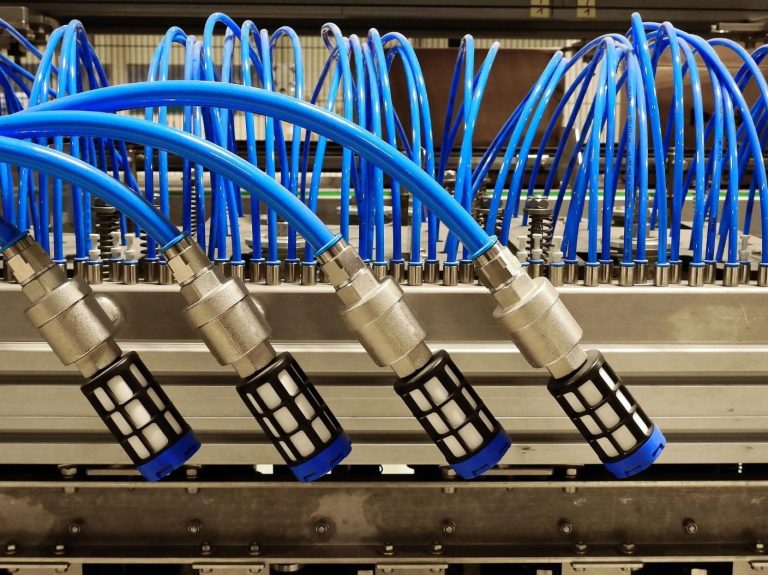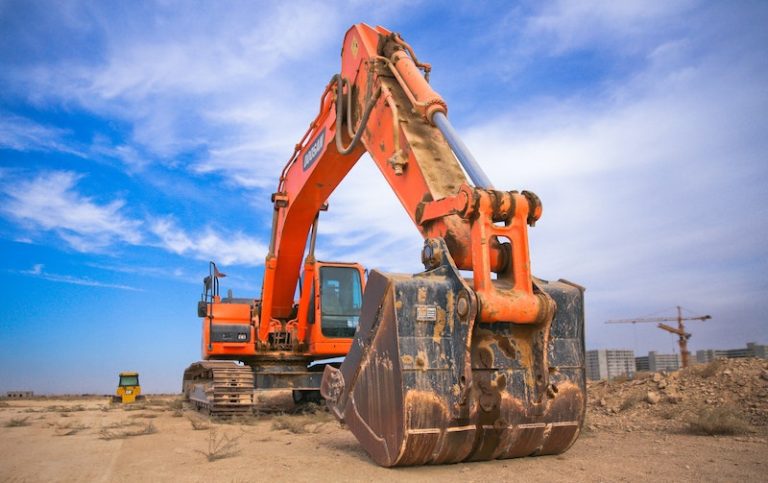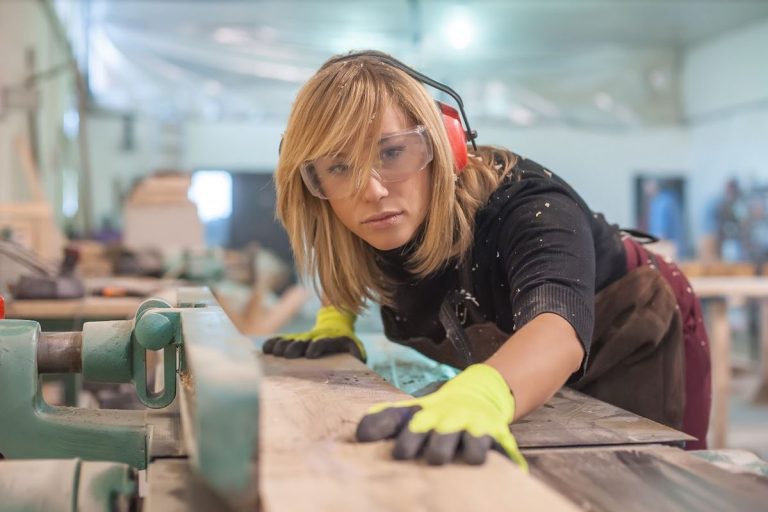Computer numerical control (CNC ) tools are high-precision, machining instruments generally used in manufacturing plastic and metal parts. One of the go-to CNC tool brands increasing in popularity nowadays is Laguna Tools. This range of CNC tools is comprised of band saws, jointers, and quality panel saws. This article covers the features and uses of the Laguna Tools range. By learning about their functions, you’ll be able to choose the ones appropriate for your industrial projects. Drum Sander Laguna’s drum sanders are classified into different types, including 16-32 and 19-38. They have a simple alignment feature, with only a nut aligning the sanding head, so the conveyor-sanding head alignment becomes fast and easy. These tools are ideal for sanding wooden boards and planks to produce consistent thickness and smooth surfaces. What’s more, they’re a great solution to hardwood floor problems, such as protrusions, grooves and pits, and deep discoloration. In addition, the tool’s height adjustment mechanism and handle-and-nut position prevent it from being out of alignment. Other features of Laguna’s drum sanders include the following: load-based conveyor speed adjustment excellent grip for raw wood high prevention of overlaps self-cooling drum reduced set-up time Band Saw Laguna’s band saws are suitable for cutting irregular shapes. Apart from cutting irregular shapes, they’re used for tearing lumber into thinner slabs or resawing. With the right blade, they can even cut other materials, such as metal. They have an average of a 115-inch blade, ideal for cutting thick lumber and curves, like in developing cabriole legs. Their wide table tilt allows for more precise crosscutting of short pieces. The band saws also have dust ports for a manageable dust collection, as well as these great features: quick-release tension ceramic guides magnetic blade guard cast iron wheels 12-inch resaw Planer Available in two configurations—7.5 HP single-phase or 10 HP three-phase—the easy-to-install planer comes with a six-row carbide cutterhead. Its T-step design prevents knife cracking, leading to a superior wood finish despite maximum hardwood solidity. It has four-sided carbide insert knives for better planing performance. Moreover, this tool contains deep grooves that minimize noise and enhance shaving. They feature a segmented infeed roller that allows simultaneous cutting of pieces with thickness variations. It has an electronic variable speed as well, which slows down or speeds up the process, depending on the user’s preference. Other features of the tool include: ergonomic control panel four-post bed support six-inch pull-out extension enhanced dust collection In terms of purpose, a planer is used for smoothing out a rough surface or reducing its thickness. It’s a common tool that cabinet makers and carpenters rely on. You can even use it for DIY projects. For instance, if you have misaligned floorboards, you can fix them with a planer. One more practical application of the planer is trimming the bottom of the door, so you can open and close the door easily. Jointer In contrast to the traditional cone design, the Laguna jointer includes a T-shoulder, which prevents insert damage. It has a six-row carbide insert cutterhead and parallelogram table adjustments that help produce better flat edges. It features a knee-height emergency stop too for stopping the machine quickly in case of accidents, maximizing safety when using industrial tools. Besides these features, the jointer boasts an ergonomic body design that allows the user to work closely with the table. It’s built with flip-down fences for a more intricate performance. You can install an LED work light and power-feeding because of the built-in bracket and outlet. A jointer is used to level out cupped boards and create one face of a board and one adjacent edge that’s square and straight. Applications of this tool include fitting doors for furniture or cabinets and making tapered legs for desks and tables. Lathe This machining tool contains two control panels, making its use more manageable. It has a 3HP motor that fuels its consistent workpiece rotation as the user removes the unwanted parts of the metal or wood. It offers a self-ejecting tailstock quill, a variable frequency drive, and other useful features: 38-inch max outboard swing 19 ¾-inch swing-over banjo 3/8-inch through-bore 12-inch tool rest poly-groove drive belt Shaper If you’re into door-making and similar projects, you may consider using a Laguna classic shaper. This tool takes pride in its high-powered motor and top-precision fence. It comes in different spindle sizes, such as ¾-inch and one ¼-inch types, and includes router collets. But that’s not all—the shaper has other features: table T-slot flat poly-groove belt built-in wheel system four-inch under nut capacity Industrial Dust Collector To keep your industrial workspace decluttered, you can install a dust collector. This tool boasts a 5 HP motor that powers the machine to suck in any particulate matter in your area. It’s designed with 10-inch-port cyclones and an extensive diameter pipe system. Additionally, it has smart drums with fill-up indicators that alert the user when it reaches full capacity and comes with a timer-controlled canister cleaning. Lastly, it has 16-inch steel fans and impellers and plastic drum collection bags for optimal results. Belt Sander The single-belt metal belt sander is perfect for leveling surfaces, such as replacement boards for your hardwood floors. You can use a belt sander in finishing metal parts. This tool has a 25- to 37-inch machine width, electronic table elevation control, and one-HP feed speed. It features three dust ports, two-speed settings, and 1720 revolutions per minute (RPM). It also offers the following: programmable logic control sanding belt oscillation motor break table-lifting motor Sliding Panel Saw The 7.5 HP motor, 16-inch blade, and 126-inch anodized aluminum table make this sliding panel saw a standout. The tool comes with an adjustable wheel that makes sideways movement easy. With its 51-inch rip fence, it can cut perfect straight edges and various wide strips. It consists of a five-inch dust collection hookup, micro-adjustment for fine-tuning, and T-handle through cast stop scoring adjustment. To boot, it has an ergonomic design, a hold-down clamp, and 8000 RPM scoring blade speed. Final














